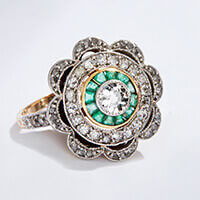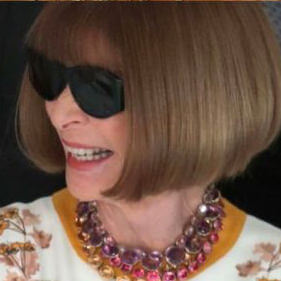-

Your Shopping Bag is empty
Antique & Vintage Sapphire Jewellery
Step into the world of antique sapphire jewellery and discover the timeless beauty of these exquisite gems. From vivid blue to stunning pink, our collection of antique sapphire rings, necklaces and earrings exude elegance and sophistication.

Loading items...



 Free Worldwide Delivery
Free Worldwide Delivery View All
View All
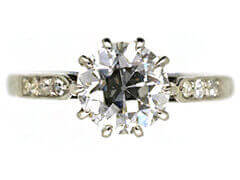 Diamond
Diamond
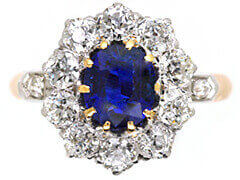 Sapphire
Sapphire
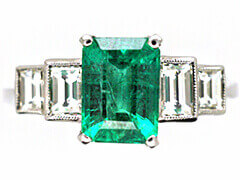 Emerald
Emerald
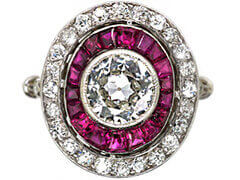 Ruby
Ruby
